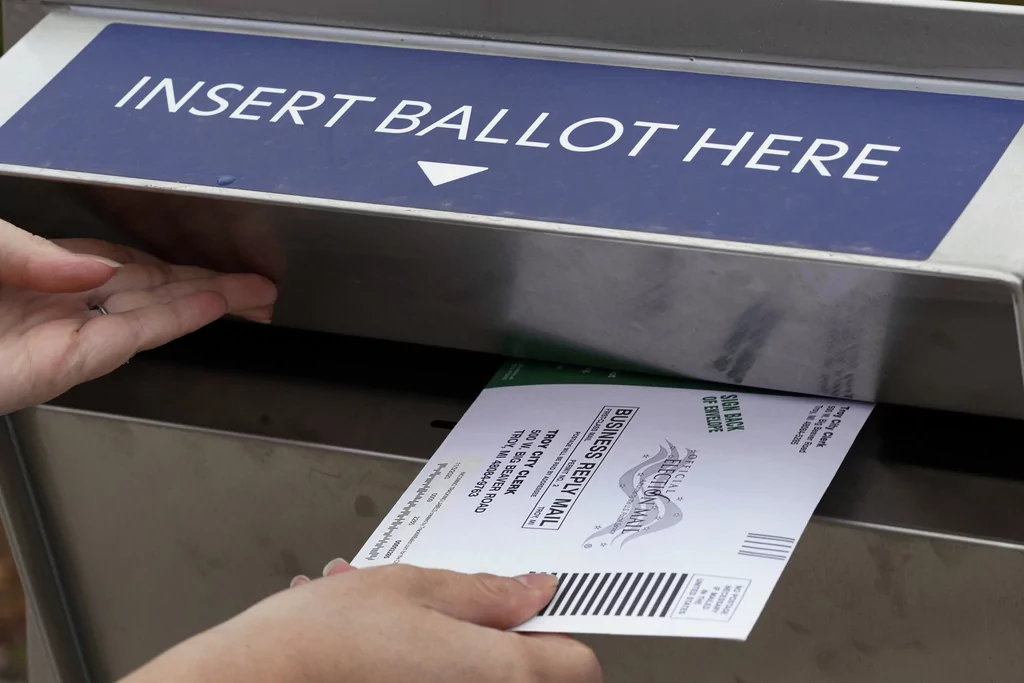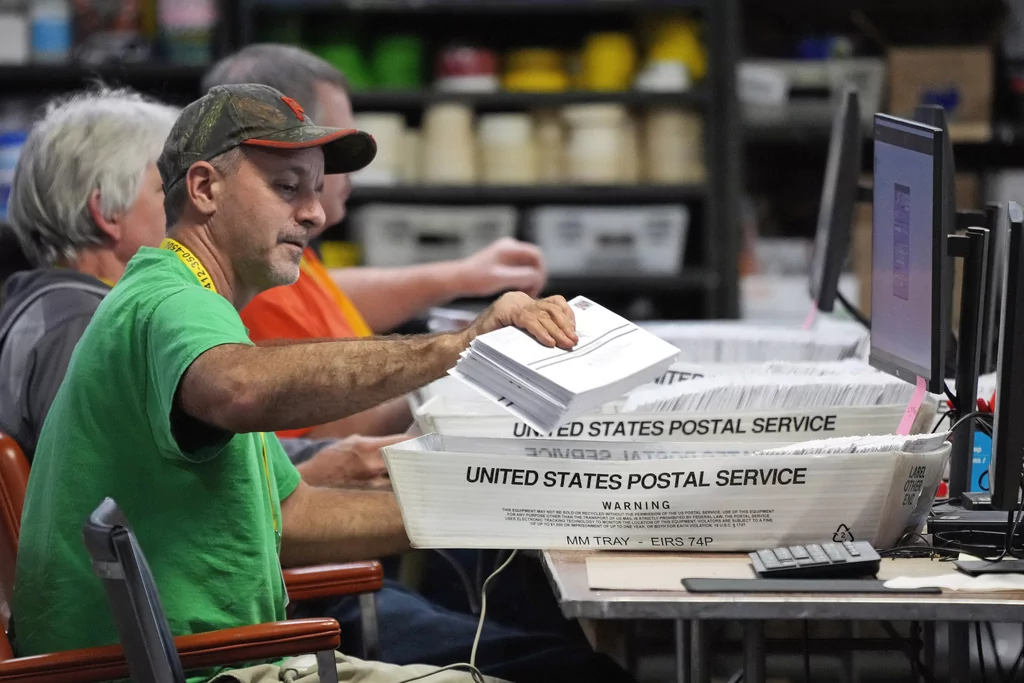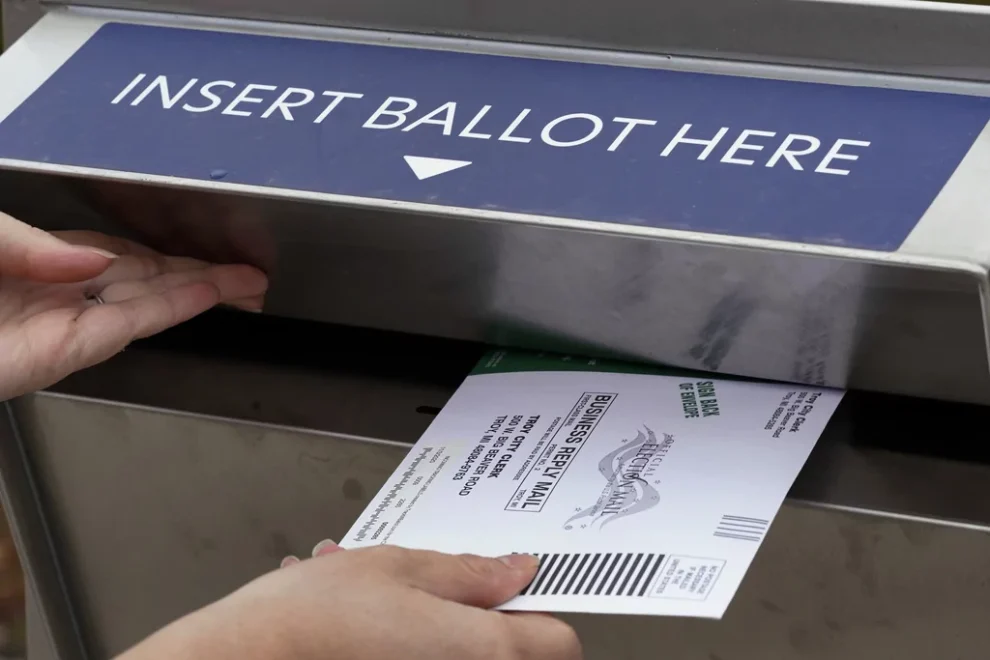A portion of ballots that are cast by mail in the 2024 election will inevitably contain deficiencies because of human error, but whether voters are afforded the chance to fix, or cure, their ballots’ problems depends on the state, or sometimes the county.
These policy variations have been known to stir up controversy in recent elections because they are perceived to benefit one political party over another.
2024 ELECTIONS LIVE UPDATES: LATEST NEWS ON THE TRUMP-HARRIS PRESIDENTIAL RACE
With one week to go until Election Day and more than 50 million votes already cast, questions persist about the ballot curing process and whether it will cause trouble in close races. Below is everything voters need to know about it.
What is ballot curing?
Ballot curing is offered by many states, including all seven of the top battlegrounds in the 2024 election, as recourse for voters who submit deficient ballots by mail.
Often mail-in ballot problems involve missing or mismatched signatures on the envelopes the ballots are returned in. Curing these deficiencies typically allows thousands more votes to count in elections.
To cure a voter’s ballot, election officials notify the voter that he or she has mailed in a problematic ballot that will be tossed out, and they offer the voter an opportunity to fix whatever the issue is so that the ballot can be counted.
How do battleground states handle ballot curing?
Some states require mail-in ballots to be cured by Election Day, while others allow it in the days after the election. Most ballot curing policies center on fixing signature errors.
In Georgia, election officials must notify voters that their mail-in ballot was rejected, and the voters have until three days after Election Day to make needed corrections. Michigan similarly allows voters an opportunity to fix ballot deficiencies up to three days after the election.
Nevada law gives voters up to six days after the election to fix missing or mismatched signatures.
In extremely close races, which all of these states have the potential to see on Tuesday, this could cause delays in the vote-counting process while election officials cure ballots.

Wisconsin requires mail-in ballots with missing voter signatures, missing witness signatures, or signatures that do not match the ones on file to be fixed by 8 p.m. on Election Day.
In Arizona, county officials are required to reject a mail-in ballot if a signature is missing, but they then must, according to state law, make “reasonable efforts to contact the elector, advise the elector of the missing signature, and allow the elector to add the elector’s signature not later than 7:00 p.m. on Election Day.”
Why does Pennsylvania attract so much attention for its ballot-curing policies?
Pennsylvania, a must-win swing state in 2024, is unique in that it has no statewide standard for ballot curing and instead allows each of the state’s 67 counties to set their own policies.
The county-level variances can sometimes result in confusion in a state where mail-in voting is prevalent. More than 2 million people, out of 8 million registered voters, requested mail-in ballots in Pennsylvania for the 2024 election.
David Becker, executive director of the Center for Election Innovation and Research, explained that the General Assembly expressly adopted this county-by-county policy and alluded to the headaches it has caused.
“This is something that the legislature has allowed, even though, quite frankly, election officials and others have begged them to standardize it,” Becker said.
An analysis by a local outlet found that 37 counties, including the closely watched Bucks County and populous, left-leaning Allegheny County, offer what is often described as various “notice-and-cure” options for voters to fix their bad mail-in ballots.
POLL WATCHING: WHAT IT IS AND WHY IT MATTERS FOR ELECTION DAY
Some red counties, such as Lancaster, Washington, and York Counties, do not have notice-and-cure options.
The unevenness has drawn scrutiny because of how it could benefit one political party over another.
Henry Olsen, election analyst and senior fellow at the Ethics and Public Policy Center, noted that mail ballots are “going to be disproportionately Democratic in Pennsylvania,” a statistic that coincides with top Democratic strongholds, including the Pittsburgh and Philadelphia regions, in the state allowing some form of a notice-and-cure process.
“There was a concern [in 2020] that the heavily Democratic counties spend a lot of resources doing that, where every vote matters, tracking somebody down … and curing was something people were concerned about,” Olsen said. “Certainly, it’s odd that different counties are allowed to do different things in terms of the effort which they can expend to try and get a ballot cured.”

Norm Eisen, a prominent left-leaning legal analyst, said ballot curing was not a “Democratic versus Republican issue.”
“People make mistakes on their ballots irrespective of party,” Eisen said, adding that “if the election is close, it could swing the election in either direction.”
What ballot curing fight in Pennsylvania is pending before the Supreme Court?
A new legal fight has made its way up to the Supreme Court that centers on “naked ballots” — ballots that are missing an inner sealed envelope known as a “secrecy envelope.”
Some counties in Pennsylvania have a policy where they notify voters in the lead-up to the election that the mail-in ballot they submitted will not be counted because it is missing a secrecy envelope. One curing option voters have been given is to show up to the polls on Election Day and fill out a provisional ballot to replace their faulty mail-in ballot.
The Republican National Committee has argued to the high court that this violates state law, which bars voters who opted to mail in their ballots from filling out provisional ballots.
The Pennsylvania Supreme Court ruled last month against the RNC and in favor of Democrats, saying voters could, in fact, correct their deficient mail-in ballots by filling out provisional ballots on Election Day. The RNC has asked the U.S. Supreme Court to intervene and block this option.
Why did Republicans sue in North Carolina over ballot curing?
In North Carolina, a lawsuit related to ballot curing is playing out in federal court between the RNC and the state’s election board.
The RNC brought the lawsuit after the election board sent out statewide guidance this year telling election officials that to streamline the curing process, they could count mail-in ballots that used their own personal envelopes instead of special “container-return” envelopes. Normally, such ballots would need to be thrown out, and election officials would offer the voter a chance to submit a new ballot.
CLICK HERE TO READ MORE FROM THE WASHINGTON EXAMINER
Like Pennsylvania, North Carolina has been another hotbed for curing concerns after the election board entertained allowing voters to cure missing signatures in 2020 by submitting affidavits.
One study found that in the 2020 general election, nearly 20,000 votes in North Carolina were counted because of the curing process.
























